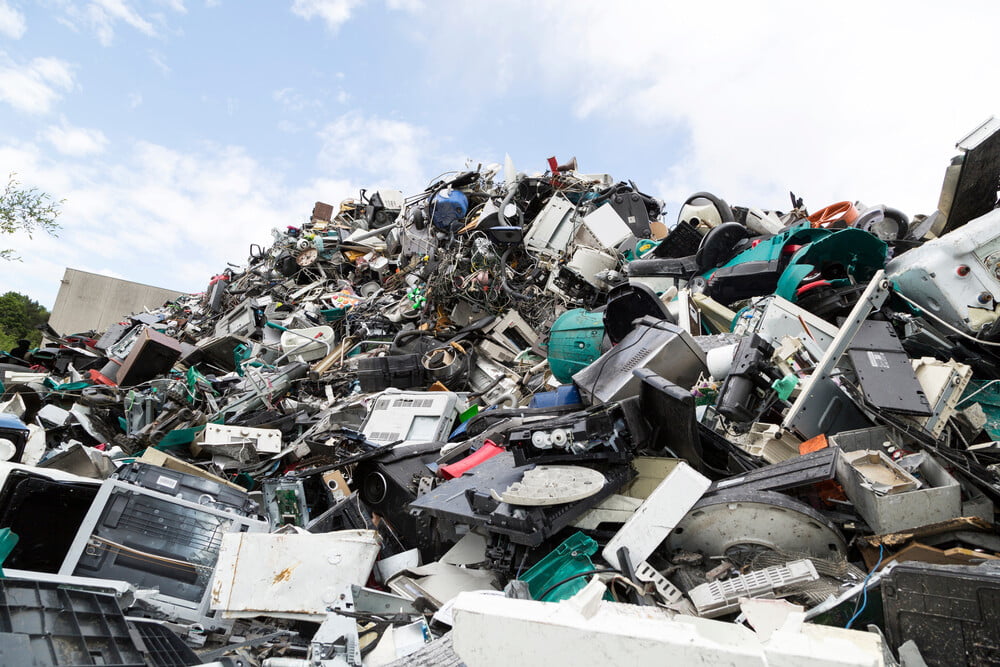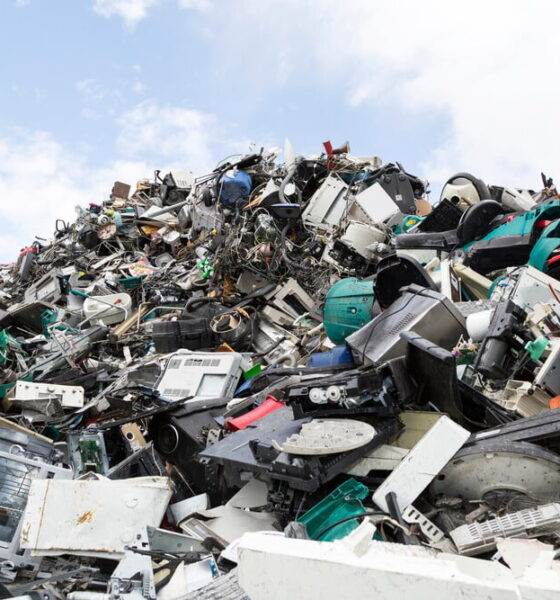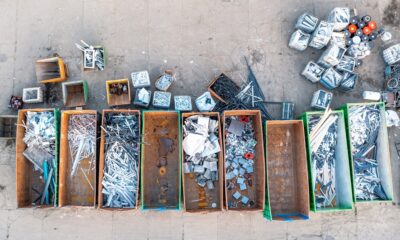As a culture, we could do a lot to help make recycling better and more efficient. The EPA reports that the recycling rate for some materials is around 68%, but for others it is a lot lower.
We can recycle better if we know more about the best approaches to take. You can learn more below.
The Basics of Recycling
There are two big misconceptions about the process of device recycling; purpose, and process.
The National Computer Recycling Act was passed on March 6th, 2003, with a mission statement to “encourage and promote the recycling of used computers”. Though selling your devices for parts is undeniably more profitable, cutting out the middleman and recycling your unit is more environmentally friendly in the long run, despite the associated fees. Besides, most major retailers, like Best Buy, offer free drop-off and pickup at a small fee.
The number one reason people choose not to recycle devices is security. The number one priority of computer recycling services is to protect your personal data. They do this by extracting and destroying hard drives and ssds, the two main sources of computer data. The most common method of destruction is burning. There are some safe ways to recycle parts at home, but this is certainly not one of them. Leave ignition to the professionals, and don’t try this in your backyard. Parts may be flammable.
Dissolution
Dissolving your device means separating it into its basic components, and reusing them in other devices. Say you have a MicroSD in your old cell phone, and you need storage for your new one. Transferring your MicroSD is a form of recycling. Here’s another example: You recently gave away your old computer, but your monitor works fine, so you continue using the same monitor, saving yourself both a headache, and a major purchase. On a more technical note, if your old desktop breaks down, you could salvage it for parts and resell them, or reuse them in your next build. What you do with the parts that are separated is entirely up to you. If too many parts are beyond function, you may want to consider burial.
Burial
The most important thing here is to separate your assets, ensuring that they decompose in the ground. Disassemble your device down to its bare essentials, separate them, and plant them in the ground. Take out your CPU, motherboard, and any excess chips you may have in there. If you own a larger device, do not remove the power supply from its case. Attempting to do so will be risking death by electric shock. Separate what you can and bury it all in an area free of pipes and underground wiring, so your parts can safely decompose. If done successfully, they will be fully decomposed from fifty to two hundred years.
Hand-Me-Downs
In order to respectfully trade, your device needs to be sanitized and in working condition. From there you have options, ranging from passing your old hardware on to a friend, a school, or a donation center like goodwill. At some such places, your donation cannot be larger than a stereo and need to be buried. Wherever they go, your reasonably-sized electronics are sure to be appreciated.
Repairs
Though investing in device repairs can be a hassle, reuse and testing is definitely better for the environment. This process is made much easier if only one component is missing, or you know exactly what’s wrong with the device. A lot of retailers and repairmen will try to upsell you on repairs, making exact knowledge the cheapest path forward. That is, as long as you’re ok with using the same device, just a little bit longer.
Once your device is repaired, it can be resold. Whether you use major retailers or DIY sites like OfferUp or eBay, once you know your device’s worth, you’ll come out on top, your pockets more full than they would be if you’d chosen to salvage. Just be sure to avoid Phishing and mail fraud.
Exchanging
Though “cash for electronics” businesses are tempting to visit, your best bet at not being shorted is with official retailers. Apple and Dell are known to offer credit towards new devices when you exchange the old, forging the best path forward if you’re looking to upgrade. Though policy varies on whether or not they take dysfunctional devices, it couldn’t hurt to try turning in your old Mac at the local Apple store. If there’s even a small part of your device that can be salvaged, they will find it, recycle it, and resell it in another device, freeing you of the hassle of disassembling, reselling, or repairing your device. Purchasing a prebuilt computer in the year 2021 is by far the cheapest way to access the internet, and anything that lowers the cost is nothing short of a bonus.


 Environment10 months ago
Environment10 months agoAre Polymer Banknotes: an Eco-Friendly Trend or a Groundswell?

 Environment11 months ago
Environment11 months agoEco-Friendly Home Improvements: Top 7 Upgrades for 2025

 Features9 months ago
Features9 months agoEco-Friendly Cryptocurrencies: Sustainable Investment Choices

 Features10 months ago
Features10 months agoEco-Friendly Crypto Traders Must Find the Right Exchange






























